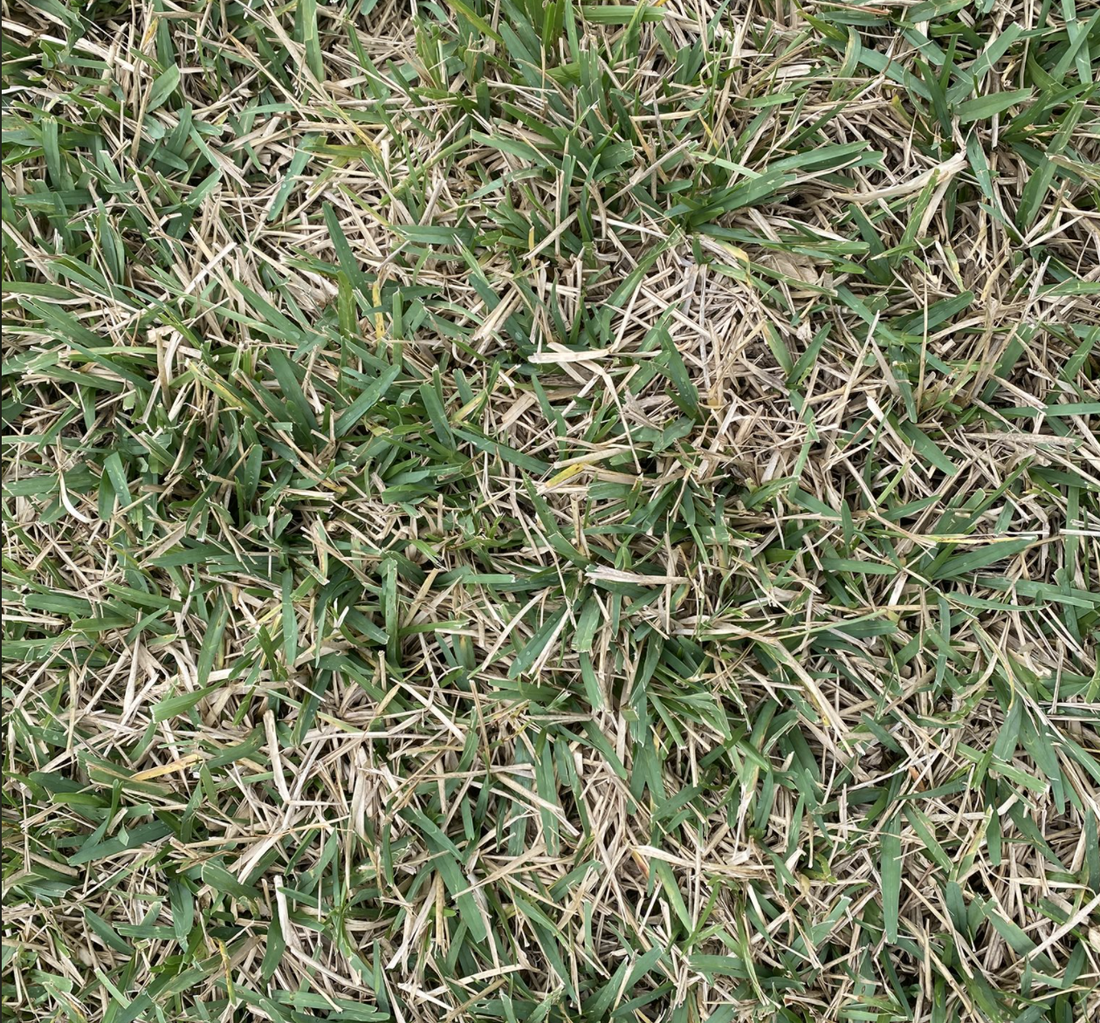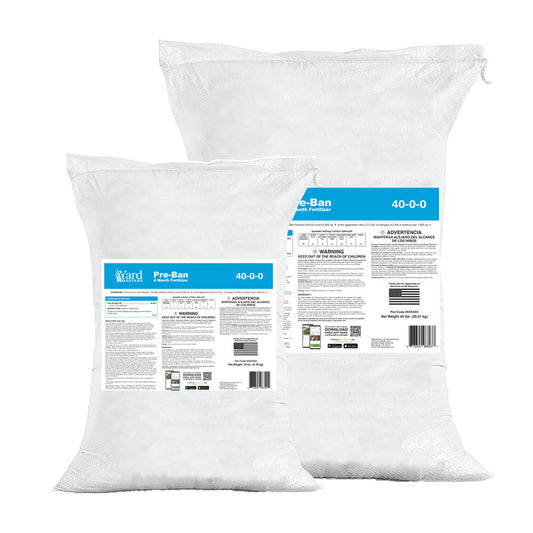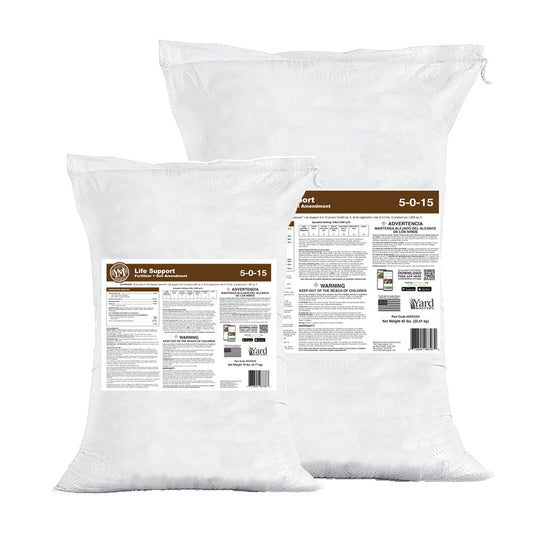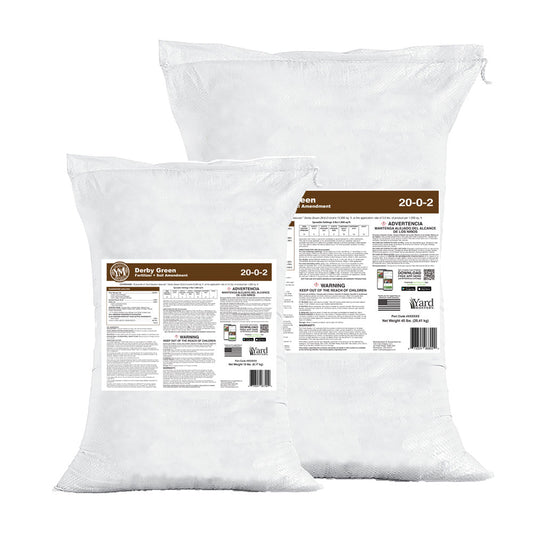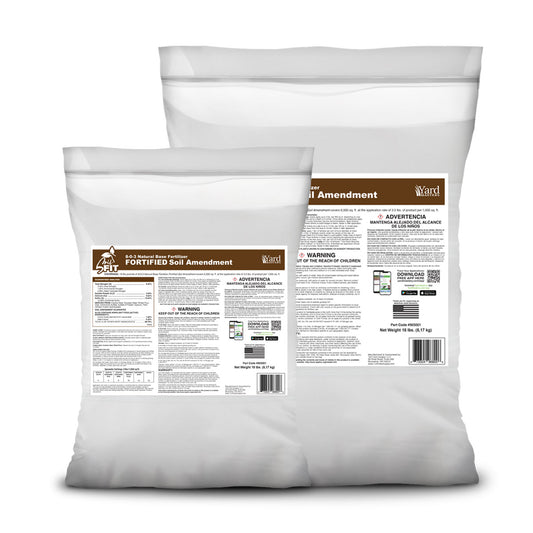Your St Augustinegrass in South Florida struggling during the winter? It's all too common and it pains me to see it. Folks see some brown areas and want to know what is causing it. Is it disease in the turf? Are insects chewing it up? Is it lack of water? What causes St Augustine to get these brown blades this time of year?
See this picture of brown St Augustinegrass with some green scattered throughout? I get pictures like this almost daily from panicked homeowners wondering what is happening and how to fix it.

If you have St Augustine grass and you live south of Interstate 4 where your turf is probably not going to go dormant this winter, this is for you. If you live anywhere north of that, then your St Augustine is just going dormant for winter which is normal, especially after the cold snap we just had.
But for the rest of you, I'm talking like the west coast from St Petersburg down to Ft Myers and Naples, or the East Coast like Boca or Miami and everywhere in between, your grass should actually be dark green and VERY healthy right now and if it's not, I have some advice to you that is going to come off a bit harsh but I promise you, it comes from a good place. I really need you to change your mindset!
Dig it!
Before you do anything else, get down in the turf and look at it up close. Pull up some of the brown areas and look beneath: explore. Make sure it's not grubs! They got me this year and I hope they don't get you: WATCH THIS VIDEO.
Once you confirm it isn't grubs, then move on to the rest of this ...
Stop Treating St Augustine Like Your Grass Up North
Bluntly speaking, y'all need to stop treating your aggressive, chubby, stoloniferous St Augustine grass like you did your soft and luscious Kentucky Bluegrass up north. Quit trying to run your St Augustine on a "low nitrogen" program. That is the number one problem and it needs to stop.
Straight up: St Augustine is a macronutrient hog and it needs to be fed like one, especially when it's lagging naturally due to shorter days and cooler temps.
If you are still mowing your St Augustine grass at least once every 9-10 days here in December and January, you need to be pushing it with nitrogen and potassium, hard.

The biggest reason why you see lawns like the ones pictured all throughout this post, is they are literally starving. Just go take a look at how fat the stolons are in your lawn. Go ahead, pull one up and look at it. I know you don't like how hard and crunchy St Aug feels under bare feet but it's just how our grass type grows - big, fat stolons... Sylvestor Stolons in fact. Gains my friends, gains!
You know what our Aussie friends call St Augustine grass? They call it "Buffalo grass," and that is an excellent description. A buffalo can weigh well over 1,000 lbs. Think of how much it has to eat to maintain that pump!!!
And just as buffalos, bison, power lifters and bodybuilders need alot of protein and carbs to support their gains, our big, fat, beautiful St Augustine grass needs it too. And what it needs most are nitrogen and potassium.
One of the reasons you have all those brown blades is that you have not given your lawn enough of these macronutrients to keep growing and supporting growth so it's literally wasting away, atrophied, and those dead blades are what is left.
Additionally, since it doesn't have enough N and K it's also not growing and replacing the dead with new stuff. Unlike grasses you worked with up north,. St Augustine is "self repairing" and can creep across bare spots or thin areas to maintain its dominance in the space it occupies.
In short: when St Aug doesn't have enough N and K, it spirals backwards. It can't support what is already there and on top of that it can't grow more to replace the old.
Now is a good time to review the growth habit of St Augustine grass. Take some time and watch this video - listen to all of it and start to change your way of thinking about your grass.
What About Disease?
People are continually concerned about disease in their St Augustinegrass. I totally understand this. It's constantly under attack from spring to summer and even during winter. I actually had a pretty bad deal this year with brown patch fungus right in the middle of summer. Here is a video showing what it did to the lawn and how I worked to get rid of it.
I've also battled Large Patch disease in my lawn which is very similar to brown patch, just a different strain of rhizoctonia and it manifests in winter and early spring whereas brown patch manifests in the summer. So let's focus on that next: Large Patch fungus.
Sometimes in winter, the brown areas you see in the St Augustine are actually caused by Large Patch disease: rhizoctonia. If you watch this video I show you a couple ways to diagnose it by looking at the grass blades and the basal area but really, you can tell large patch just by the irregular shaped circles it creates in the turf. The circles expand and follow the flow of water. Here is the video, watch carefully but keep reading because I am going to buck the conventional wisdom on lawn treatments when disease is present:
It's very possible that some or all of the brown areas in your St Augustine are being caused by large patch disease. But what is also likely, and what I see all the time, is that the lawn has some large patch infecting it AND it's under nourished at the same time.
This is because people have been told that when you have a disease in the lawn you shouldn't feed it with too much nitrogen. Nitrogen can cause flushes of growth that in turn give the disease more new blades to infect but also, especially in the case of root destroying diseases like rhizoctonia, if you push a lot of top growth when the roots are weak, they can't support that new growth and they literally "burn out" trying.
Thing about it is, people now days see everything in extreme black and white and have forgotten how to think in the gray. When you read articles warning against high N during disease infection, they do not say to 100% totally cut off the N. They just say to avoid high amounts. But for some reason, people take that to mean zero nitrogen.
I also think that a lot of the articles about this that people are reading are aimed at warm season turf that has a completely different growth habit.
But let's just think about this logically for a second. If you get sick, do you stop eating all together? If you do that, you will end up in the hospital. The last thing you need when your system is trying to fight off a disease is to be mal-nourished and it's exactly the same with the turf.
You know what else? Since this is winter and the temps are cooler and the days are shorter, the lawn is not growing fast anyway. The winter acts like a natural growth regulator so your turf isn't going to have a big strong flush of growth anyway.
All that to say: feed your dang turf! If you have large patch present, you can still apply nitrogen but spoon it in and use something slow release. Apply 1/2 pound of nitrgen now and again in 2 weeks. Most ferts you get these days are at least 25% slow release anyway but again, these cooler temps make it all slower by default.
If you don;'t have disease present, nail that St Aug with a full pound of N. Let it ride my friend, get that grass growing and filling in.
I also recommend higher amounts of K (potassium) this time of year as that helps with the stress of the cold and the shorter days and if you have disease present there is nothing better than a little K to support the turf during it's time of stress.
YES: you should apply fungicide if you have large patch fungus present, but also keep feeding it with N and K. Otherwise it's going to continue going downhill and the disease damage will actually be worse.
What To Apply In Winter: St Augustinegrass
Now, what should you be applying? I like the Sunniland Weed and Feed for St Augustinegrass. You can get it at Lowes. Apply that now and you will not only get a VERY nice pop of green from the N, K and micros but it will kill many of the winter weeds you are facing. It also has some pre-emergent residual that is nice.
Next, apply some Stress Blend 10 days later. This has more slow release N and high potassium that will really help push that SA like it needs. 3 or 4lbs/1000 is good.
I also recommend you hammer in some Humic12 and RGS form the bio-stimulant pack since most of you have some already, may as well use it. The humic and sea kelp combination is going to optimize all these nutrients you are applying from the ferts. If you happen to find this when you have the SEA-K in stock, 1oz/1000 of that would REALLY kick things up by exciting soil microbes.
In another 4 weeks, apply more N and K and keep this up every month all the way through March. Push that lawn to grow. Let those stolons run like they want to!
You may also consider investing in my full lawn plan for warm season turf. It provides lot so detail on what to apply and when to apply it and will keep your St Aug fed like it should be.
In summary, stop starving your St Augustinegrass. Keep it moving and let the strong survive. If one or two stolons die off, others will move in and replace them, but there has to be enough fertilizer there for this to happen. Feed that buffalo and help it fatten up!


